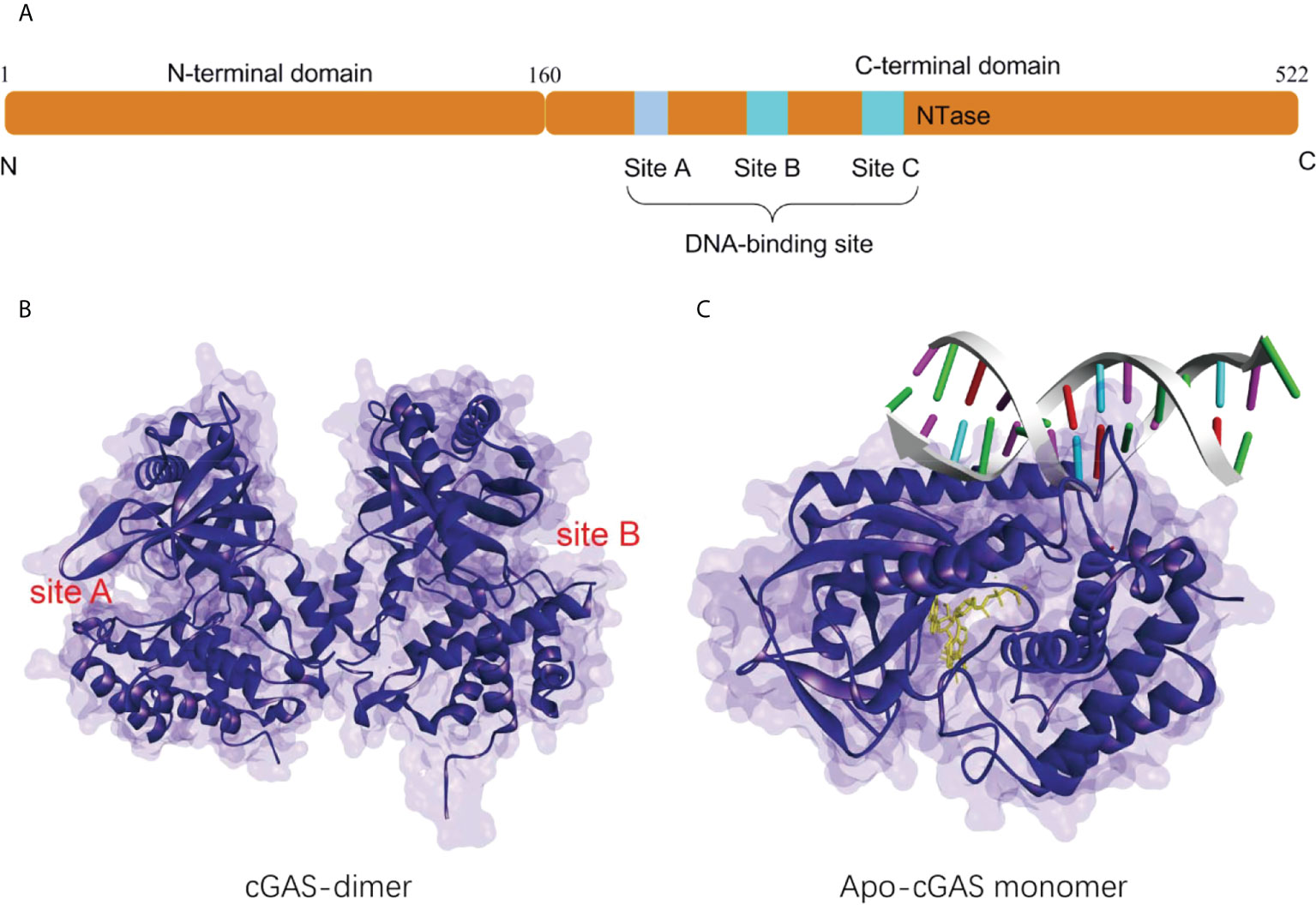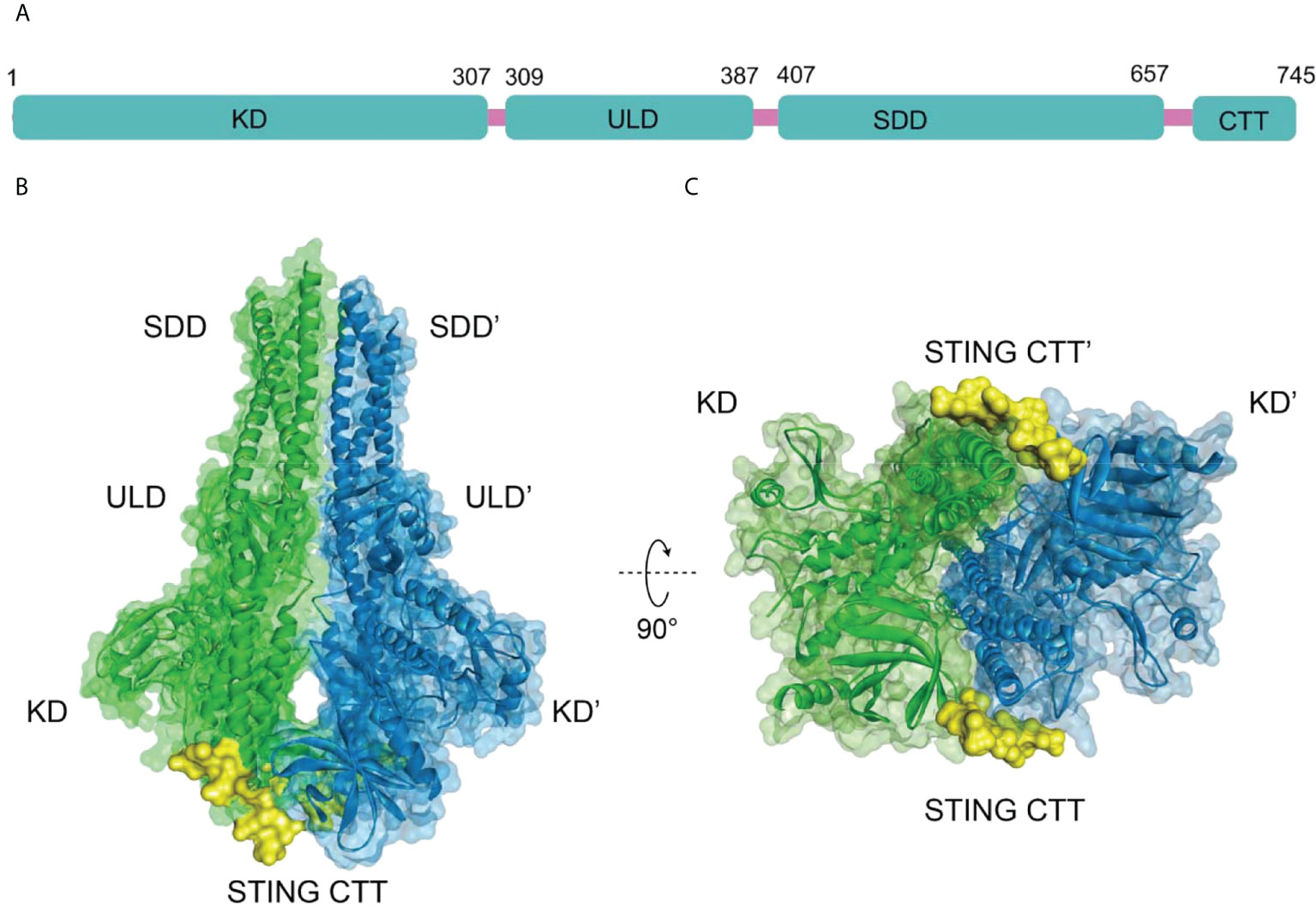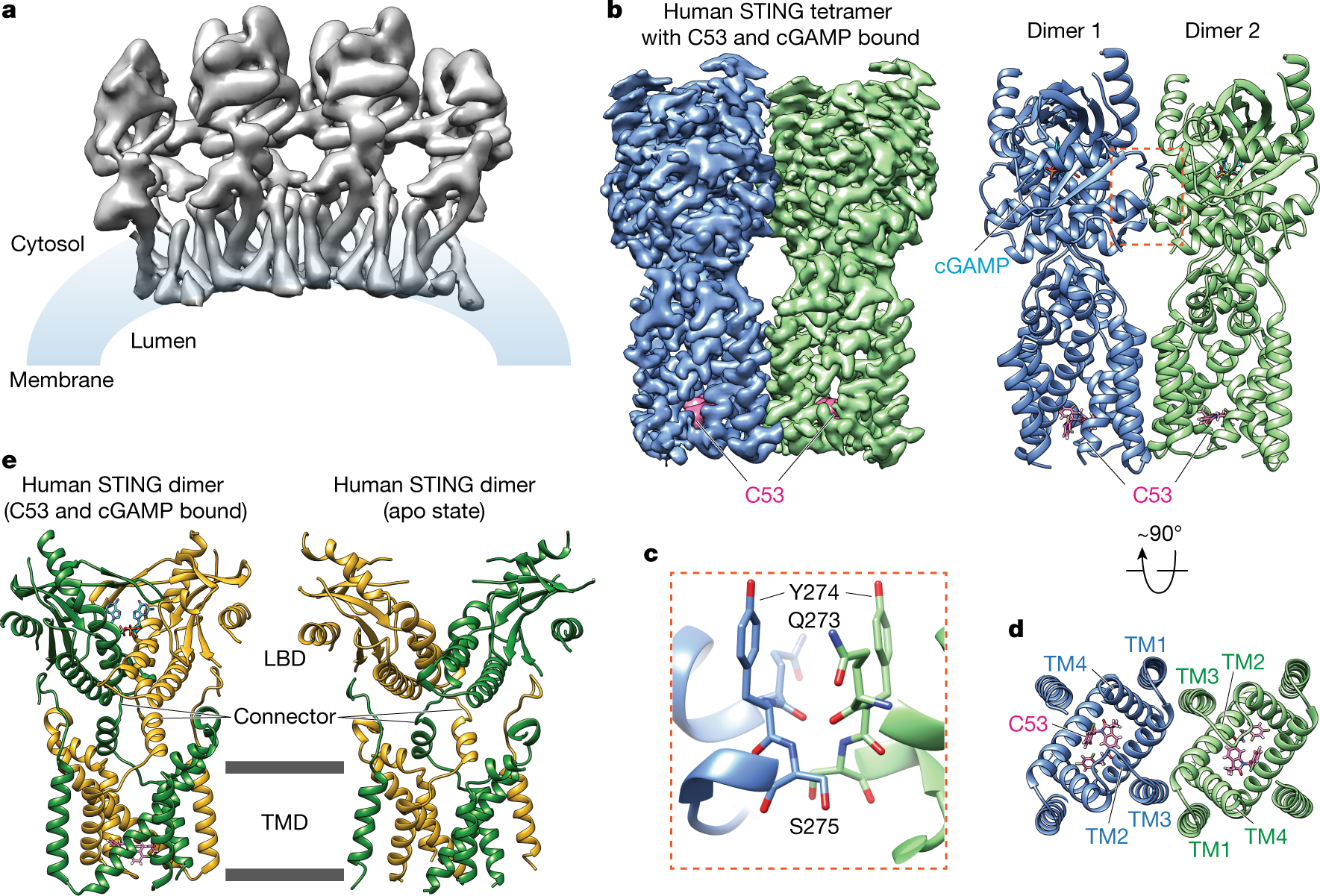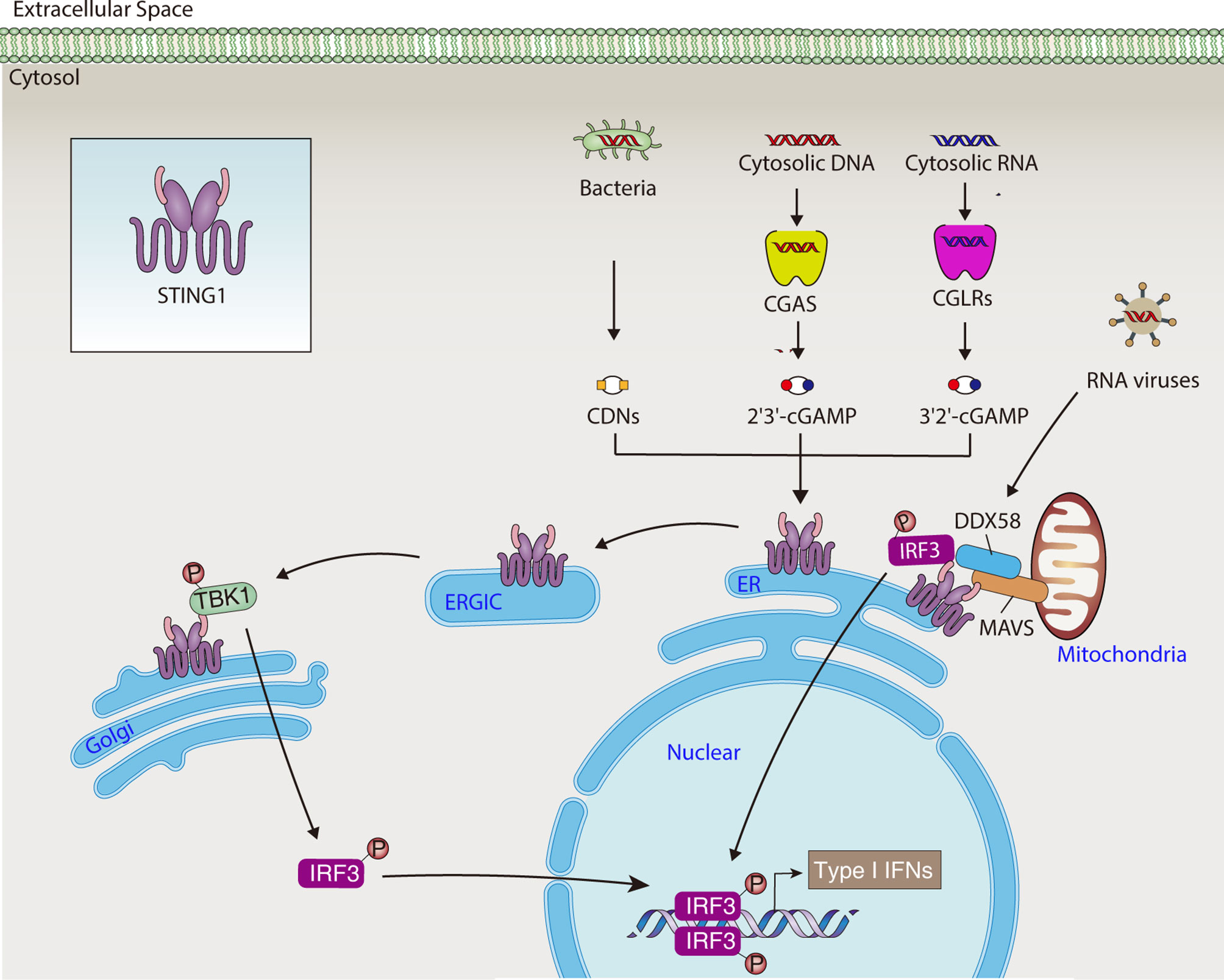
Targeting Stimulator of Interferon Genes (STING): A Medicinal Chemistry Perspective | Journal of Medicinal Chemistry

Modular Architecture of the STING C-Terminal Tail Allows Interferon and NF-κB Signaling Adaptation - ScienceDirect

Modular Architecture of the STING C-Terminal Tail Allows Interferon and NF-κB Signaling Adaptation - ScienceDirect

Frontiers | Inhibitory targeting cGAS-STING-TBK1 axis: Emerging strategies for autoimmune diseases therapy

Targeting Stimulator of Interferon Genes (STING): A Medicinal Chemistry Perspective | Journal of Medicinal Chemistry

GRA15 promotes activation of STING. A, Diagram detailing STING domains... | Download Scientific Diagram

miniCTT mediates activation of DCs. (A) BFP and CD86 expression in DCs... | Download Scientific Diagram

Modular Architecture of the STING C-Terminal Tail Allows Interferon and NF-κB Signaling Adaptation - ScienceDirect

Modular Architecture of the STING C-Terminal Tail Allows Interferon and NF-κB Signaling Adaptation - ScienceDirect

Frontiers | Inhibitory targeting cGAS-STING-TBK1 axis: Emerging strategies for autoimmune diseases therapy








